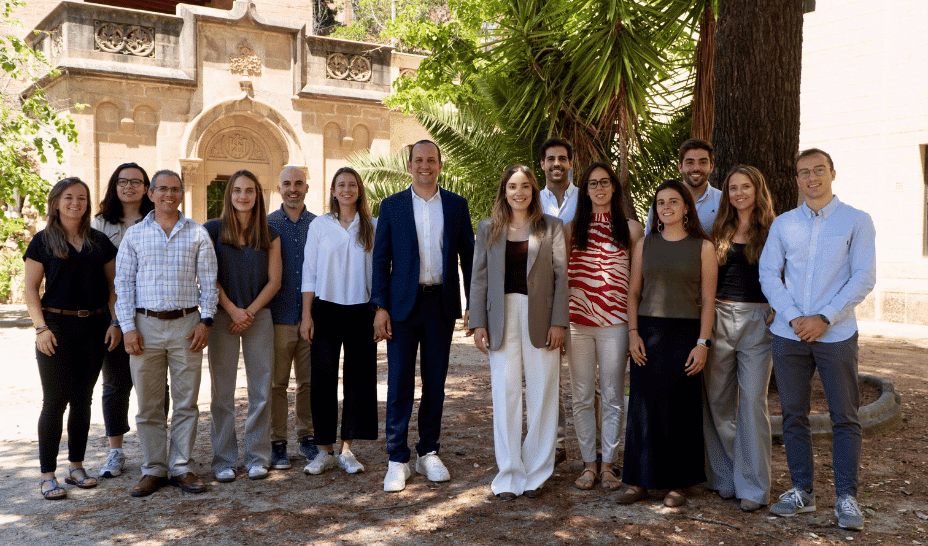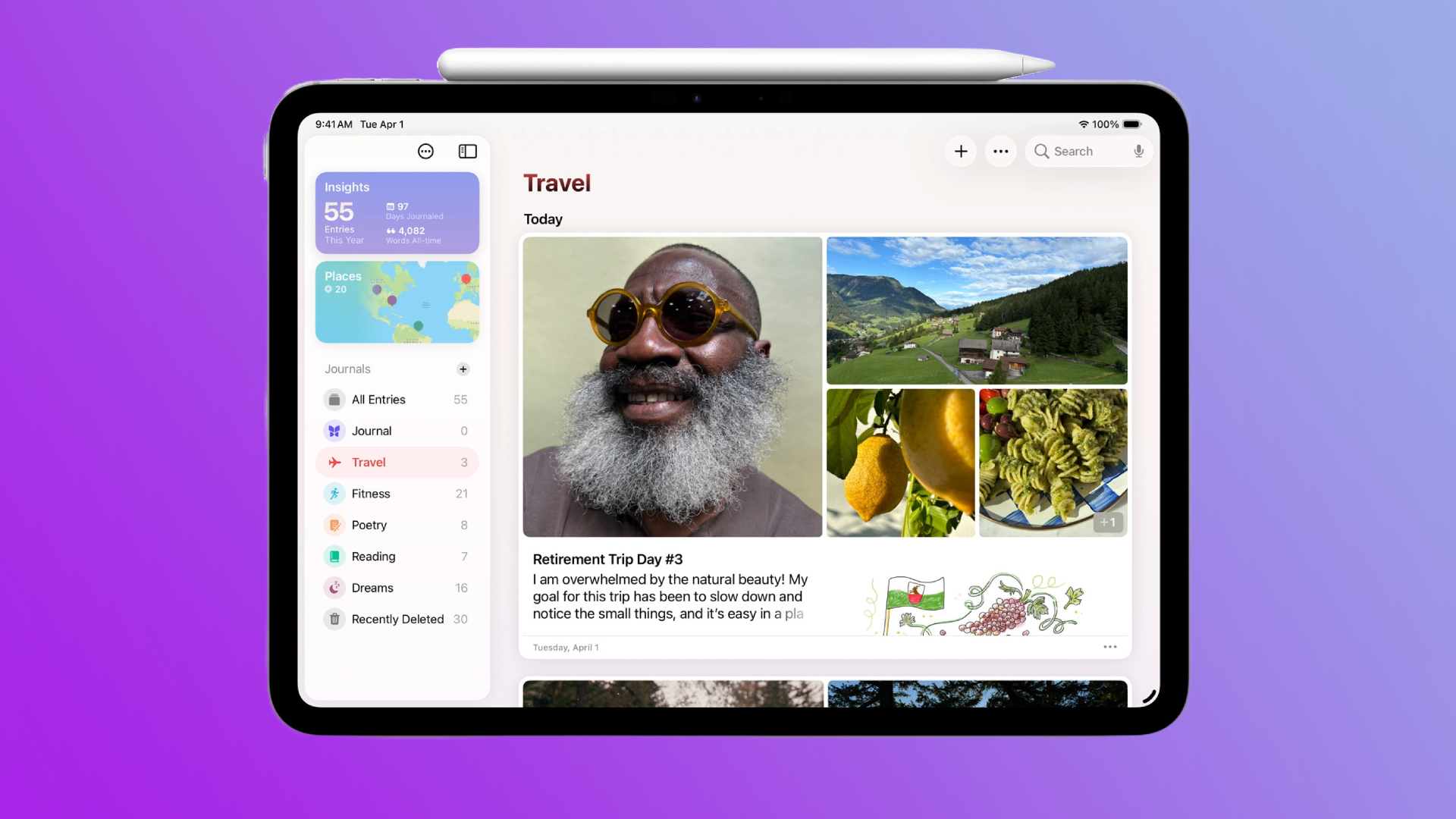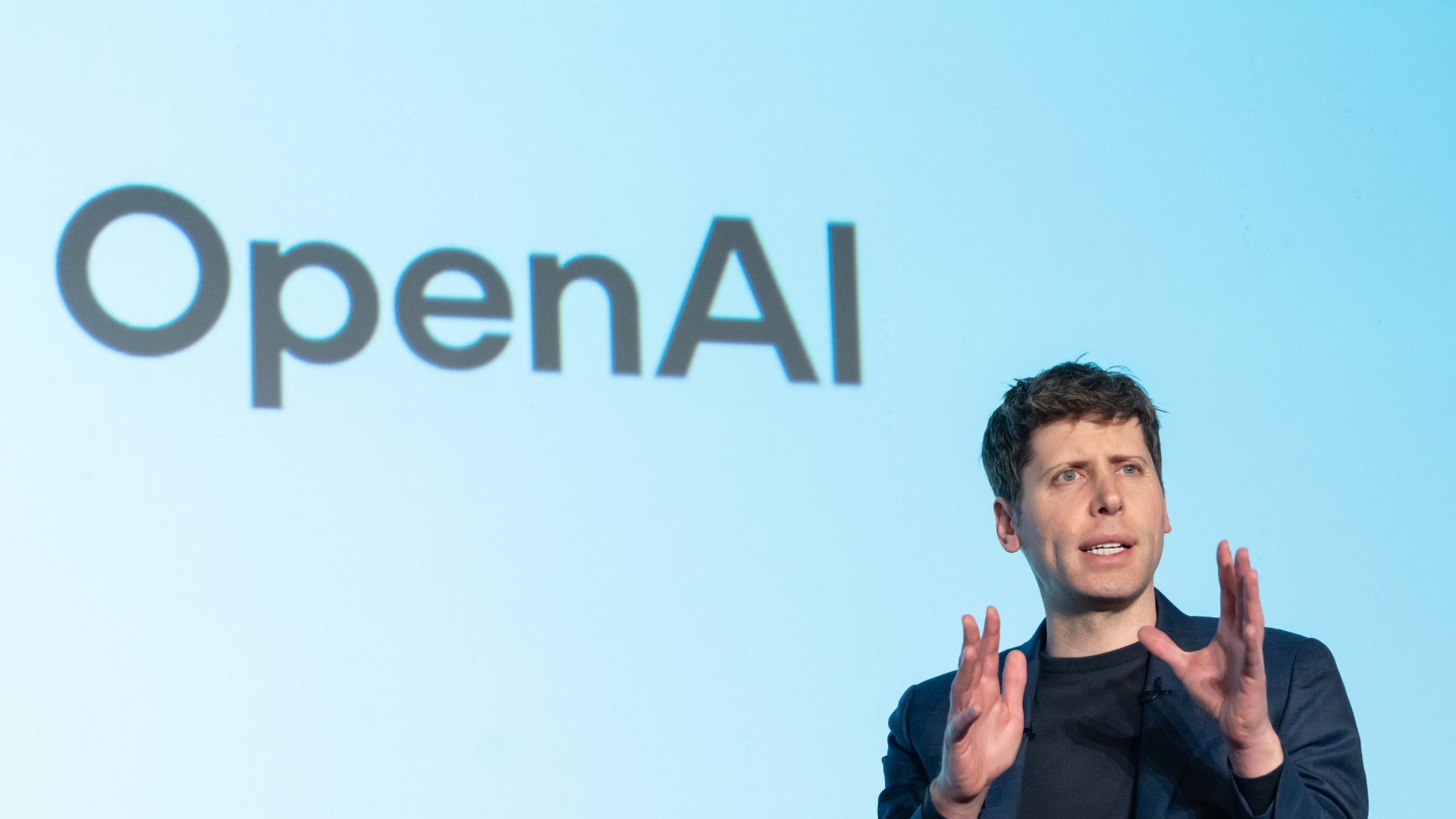Making the case for a unified threat intelligence model
Maintaining proactive cyber defense strategies through industry wide collaboration centers such as TIPs and ISACs.

If the AI Action Summit in Paris earlier this year is the sign of things to come, establishing a coordinated approach to regulation and governance will be no easy task in the short or long term. To an extent, this is understandable – these processes rarely operate at pace, particularly when stakeholders are still trying to understand the impact of important trends, such as the emergence of advanced AI.
The problem this creates, however, is that without consensus, organizations must work against the backdrop of a more complex and unpredictable threat landscape, with the tools used by threat actors more advanced and accessible than ever before. In fact, the pace of change around AI tools is so rapid that it’s difficult to properly predict exactly what new cyber risks will emerge.
Not all one-way traffic
Thankfully, it’s not all one-way traffic. On one hand, threat actors are using generative tools to automate phishing campaigns, identify system vulnerabilities and write malicious code. On the other, forward-thinking organizations are using the same techniques to stay one step ahead. Nevertheless, security teams are in a difficult position – expected to respond to a growing range of threats with the same or fewer resources, while also managing a greater range of more serious risks.
The result is a situation where many organizations are constantly playing catch-up. Threat intelligence may be available, but without the right tools and frameworks in place to both distil and make use of it, much of that insight stays hidden or goes underutilized.
This plays out in different ways. In some organizations, core security functions – from threat intelligence and automation to incident response – remain siloed, with limited coordination or shared visibility. In others, strategies are developed in isolation, missing the opportunity to tap into the wealth of experience and insight already available across the broader security community.
The result? Individual businesses are left to fend off highly organized, fast-moving threat groups that thrive on shared intelligence and agile tactics, and are often several steps ahead.
The power of collaboration
To address these essential issues, organizations are relying more heavily on security collaboration and collective defense, with Information Sharing and Analysis Centers (ISACs) among the most established and effective approaches.
Operating across sectors, these groups are designed to collect, analyze and distribute actionable threat intelligence, while also equipping members with the tools and resources needed to strengthen resilience. Today, the National Council of ISACs, for example, includes nearly 30 sector-specific organizations – a clear sign of how far this model has evolved.
The industry clearly sees the value. According to recent research, more than 90% of respondents say collaboration and information sharing are either very important or critical to their cybersecurity strategy. The problem? Almost three-quarters (70%) believe they could be doing more, with nearly one in five admitting they could share significantly more intelligence than they currently do.
Worryingly, more than half of those surveyed (53%) said their organization doesn’t engage with an ISAC at all. Perhaps even more concerning, 28% weren’t even aware that ISACs exist, underlining how much ground there is still to cover in building a truly collaborative cyber defense ecosystem.
But, for any effective approach to collective defense to succeed, the goal is to establish workflows that allow for the rapid, structured exchange of indicators of compromise (IoCs), tactics, techniques and procedures (TTPs) and real-world incident reports. Communities that get this right create a multiplier effect – the more each participant shares, the stronger the whole becomes.
Proactive security
All of this supports a shift from reactive to proactive security. Today’s teams must be able to identify risks before they escalate and take preventive action in near real time.
But that’s easier said than done. Security operations are often flooded with data from multiple sources, making it hard to separate the signal from the noise. That’s why threat intelligence platforms (TIPs) are becoming vital in helping ingest and operationalize threat data and in the process, reducing manual overhead and improving decision-making.
The best TIPs also enable automated intelligence sharing with external communities. In doing so, they act as a nerve center, connecting internal teams with trusted partners outside the organization.
This can transform the levels of sophistication and speed that can be applied to threat intelligence, empowering security teams to replace their reliance on manual processes while boosting efficiency, time savings and improved accuracy.
TIPs can also broaden the different types of data used in the threat intelligence process, including integrating structured and unstructured data, which can then be delivered as standardized output.
Looking at the overall security landscape at present, the challenges posed by AI-powered cybercrime are already prompting regulators to push for higher standards. Across multiple industries, new rules demand that organizations go beyond point solutions and build resilience into their day-to-day security strategies.
In practical terms, that means engaging with trusted partners and building response frameworks that are ready for action. If and when international standards emerge, organizations that embrace the collective defense approach will be strongly placed to ensure their networks and data remain safe.
Train up with the best online cybersecurity courses.
This article was produced as part of TechRadarPro's Expert Insights channel where we feature the best and brightest minds in the technology industry today. The views expressed here are those of the author and are not necessarily those of TechRadarPro or Future plc. If you are interested in contributing find out more here: https://www.techradar.com/news/submit-your-story-to-techradar-pro






![X Highlights Back-to-School Marketing Opportunities [Infographic]](https://imgproxy.divecdn.com/dM1TxaOzbLu_kb9YjLpd7P_E_B_FkFsuKp2uSGPS5i8/g:ce/rs:fit:770:435/Z3M6Ly9kaXZlc2l0ZS1zdG9yYWdlL2RpdmVpbWFnZS94X2JhY2tfdG9fc2Nob29sMi5wbmc=.webp)


























































































































































































